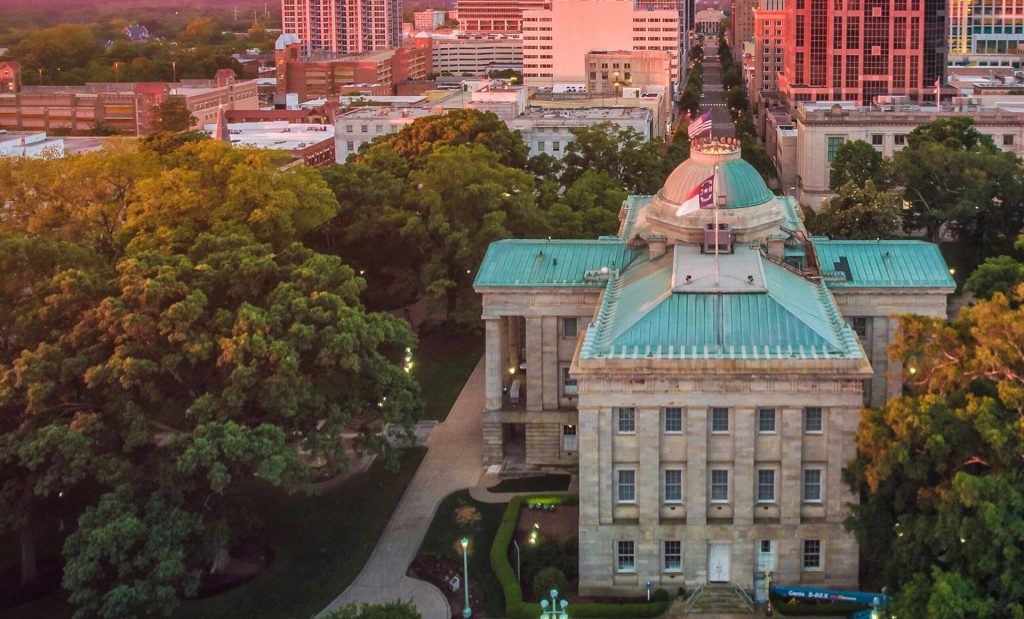How the experts are looking at clean water after the ruling of Sackett vs. EPA.
A horrific Supreme Court decision misinterpreting the Clean Water Act has been written into national regulations, putting most wetlands in the United States in jeopardy of destruction.
As covered previously by CIB, earlier this year the U.S. Supreme Court issued a radical new misinterpretation of the federal Clean Water Act, slashing the act’s scope of protection for small streams and wetlands. By a narrow 5-4 majority, the new ultraconservative Court supermajority threw out decades of previous Court decisions in order to shrink the “waters” covered by the law.
The new rule just released by the US Environmental Protection Agency (EPA) attempts to implement that decision in a way that will meet the Court’s mandate without going farther than is required. “Rick Larsen, a Washington Democrat who is the ranking minority member on the House Transportation and Infrastructure Committee, said in a Tuesday statement he applauded the agencies’ work but disagreed with the court’s decision. ‘Ultimately Congress needs to step in and correct the egregious misreading of the Clean Water Act by the Supreme Court to ensure communities continue to have access to clean and safe water,’ he said.”
While the EPA’s new rule may be what the Court ordered, it still leaves millions of acres of environmentally critical North Carolina wetlands open to destruction by development. Staff with the NC Dept. of Environmental Quality estimate that 2.5 million acres of wetlands will lose protection.
“While this new wetland definition is in keeping with the requirements of the Supreme Court ruling on the Clean Water Act it’s a serious blow to our ability to protect water quality and prevent flooding on the North Carolina coast,” North Carolina Coastal Federation Executive Director Todd Miller told Coastal Review Wednesday. “It eliminates many forested wetlands, pocosins, and inland swamps from both federal and state protection. The outcome will be less fish to catch, more illnesses due to exposure to polluted waters, more public health swimming advisories, and more costly property damage from floods.”
“The rule finalized in response to the Supreme Court’s drastic reduction in wetland protections while two hurricanes are barreling off our coasts is nothing to celebrate,” said Kelly Moser, senior attorney and leader of the Southern Environmental Law Center’s Water Program. “The rule mirrors the Supreme Court’s majority opinion in Sackett, which overturned decades of law and practice and put the safety of our communities and waters at risk. The rule, like the Sackett decision itself, severely restricts the federal government’s ability to protect critical waters including wetlands that shield communities from damaging floods and pollution.”
“The Supreme Court’s terrible decision in Sackett v. EPA has left the critical wetlands and other waters that our families depend on open to pollution and destruction,” said League of Conservation Voters (LCV) Deputy Legislative Director Madeleine Foote. “Unfortunately, the Biden administration was forced to amend their “waters of the United States” rule to reflect the Court’s disregard of science, the law, and basic commonsense to put the profits of polluters ahead of the health of our communities, especially Indigenous and other communities of color and low wealth communities disproportionately impacted by water pollution. Congress must take action to fix the damage done to our clean water protections and rein in and rebalance this extremist, out-of-control Court.”



